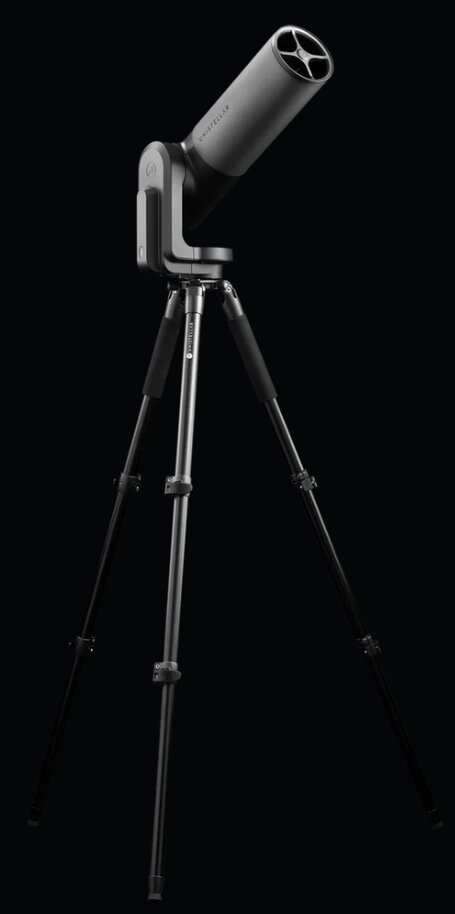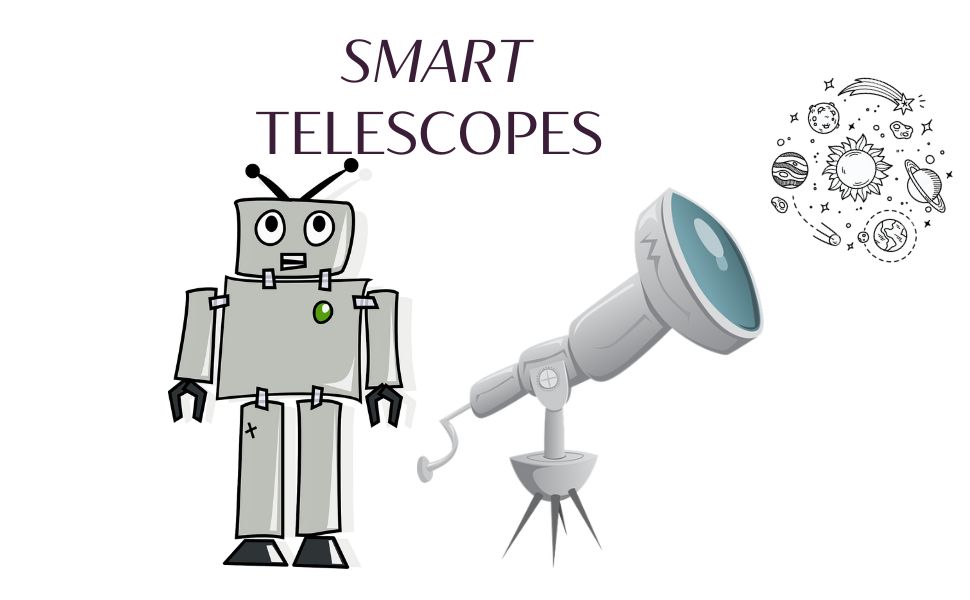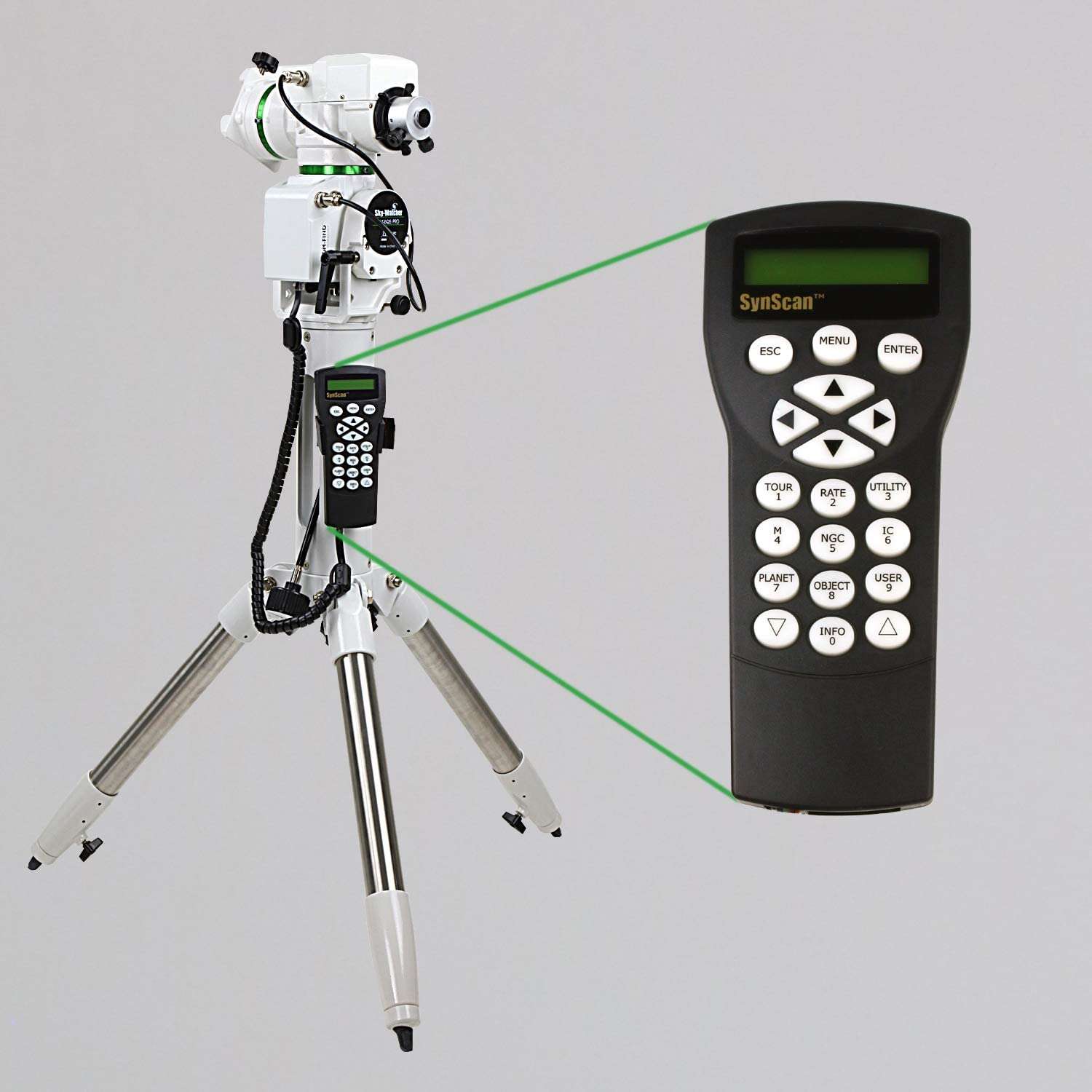Ordinary telescopes are not smart and rely on the user to adjust them manually to get a better picture of the object in question.
Nowadays, some telescopes are equipped with AI technology that can automatically adjust the telescope’s position and focus without any human intervention. This type of telescope is called a “smart telescope” or “smart digital telescope.”
The AI component of this type of telescope can calculate which position will provide the best image quality. It also has a camera that can take pictures automatically at different focal lengths. It can store these images on a memory card so they can be shared later with others or even uploaded on popular social networks.
Contents
How Smart Telescopes are Changing the World of Beginner Astronomy
Astronomy has always been a fascinating topic. But now, with the advent of smart telescopes, it is easier than ever to learn about the stars and planets.
Telescopes used to be a pain when we tried to use them. However, with the latest generations of tech, you can adjust the telescope’s settings without worrying about it yourself.
The most significant change that smart telescopes have brought to the world of astronomy is that they are accessible to anyone who wants to use them. They are affordable and easy to use.
This means anyone without knowledge of telescopes in any part of the world can explore space without limitations.
For some time, there have only been computerized telescopes that allow you just to point and take pictures of the sky.
And they are fantastic!
But these are telescopes that are pretty large and unwieldy. They take up a lot of space, and if stargazing is something you only do occasionally….if it is a hobby but only when you have the time….then these small compact smart telescopes are something one might consider.
AI & Profesional Telescopes
Telescopes are usually operated by humans. However, with AI, they can be autonomous, and we can explore space more efficiently.
Being in the right place at the right time is very important. Many astronomers discovered celestial phenomena that would not have been found then. AI can constantly watch the sky instead of humans, look for unusual phenomena, and report them to scientists.
AI telescopes have the potential to revolutionize the way humans explore space. They are used to search for planets in our solar system, find exoplanets in other galaxies, and determine their composition.
The Benefits of Using a Smart Telescope
The benefits of using a smart telescope are that they are easy to use, they require no polar alignment, can be controlled remotely and can be used for astrophotography.
The disadvantages of using a smart telescope are that they don’t have as good optical quality as traditional telescopes, their field of view is limited, and their mount is not as stable.

Is It Worth Getting a Computerized Telescope?
With the help of AI, telescopes are getting smarter. They can take pictures of the sky and identify celestial objects that are not visible to the human eye. They can track celestial objects and provide information about them on time.
A computer telescope with a star viewer software package is highly recommended as it will provide you, your kids, or students with an engaging lesson about stars and constellations. Significantly, a smart telescope will make your life fun and immensely easier if the sky is polluted.
From that point of view, the answer is YES. It pays to buy a computerized telescope.
But if you want to look at something as big as the moon, then it is recommended that you try something like binoculars or a regular telescope first.
What is the Best Smart Telescope in the Market?
The best telescope for beginners will not only show you the wonders of the universe but also provide you with information about them.
There are many different types of smart telescopes available on the market today, as well as a variety of price ranges to suit any budget.
Here are two most popular:
- Vaonis Stellina
- eVscope eQuinox
Conclusion: The Future of Telescopic Photography & Astronomy With AI
The future of telescopic photography and astronomy has been improved with AI. Artificial Intelligence has enabled professional astronomers to study the sky in greater detail than ever.
AI programs have been used to analyze data and images that would have taken human scientists years to process. AI is also used to design new telescopes like ALMA, which can observe light from the early universe.




